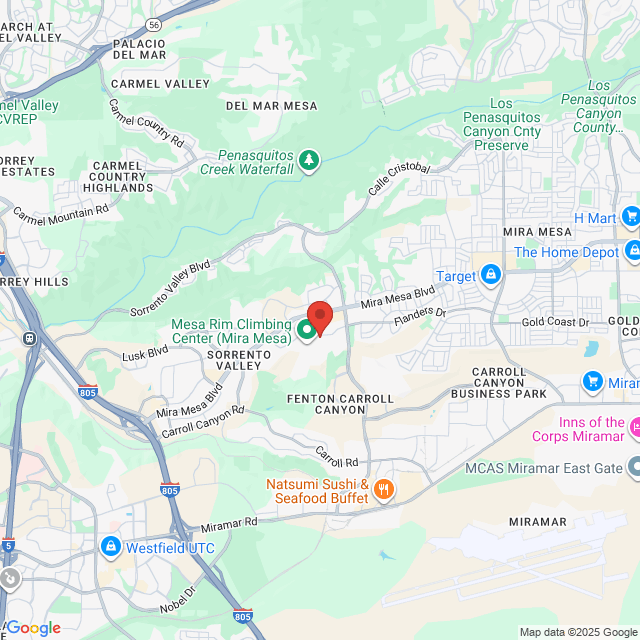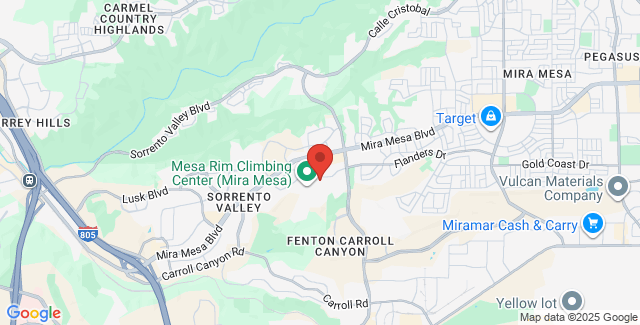Wachovia
Wachovia offers banking and investment services to individuals and businesses. The corporation operates globally and employs roughly 80,000 people. When Wachovia purchased Corporate Securities Group it inherited a dispute between the investment group and one of its former clients, Mr. L.R. Castelein. In September of 1999 Castelein filed a securities fraud lawsuit against the group, which by that time was operating under the name "Wachovia Securities Financial Network Inc."
Through its merge with First Union Securities (2001), Wachovia also came into problems that led to an additional lawsuit. First Union allegedly failed to fully inform investors about the monetary interest it had in its Masters Investment Program. After the merge, the newly-formed company, "Wachovia Corporation," continued the Masters program, and the program's investors were still left uninformed regarding the compensation the firm was earning. A lawsuit was filed on November 4, 2002.
L.R. Castelein and Wachovia Securities Financial Network (F/K/A Corporate Securities Group)
In April of 1997 L.R. Castelein, a Belgian investor, was introduced to Douglas Reid, a branch manager for Corporate Securities Group. Castelein was interested in investing in the U.S. securities market, and was considering opening an account that he could use for trading Treasury bonds. Posing as a Bear Stearns broker in his interactions with Castelein, Reid used Bear Stearns business cards with his name on them, and even had a Bear Stearns placard locating his office within a complex that contained Corporate Securities Group's Charlotte, South Carolina, offices. Reid discussed a Treasury bond account with Castelein that would earn him 7.1% interest. Reid furthermore led Castelein to believe that the account would be set up through Bear Stearns (it was actually to be set up at Corporate Securities Group). Thus, when Castelein solicited the advice of his financial advisors, he was cautioned about the account, but was also reassured that Bear Stearns was a reputable and thriving investment firm.
Castelein opened the account under the understanding that it would not be traded in, unless through his explicit instruction. Records from the NASD note that, as reassurance from Reid, Castelein requested a letter stating that "'all interest, profits and the initial funds' would not leave [Castelein's] Bear Stearns account without [his] written consent, and that profits would be of non-criminal origin." Castelein invested $12.5 million into the account on April 11, 1997, and began waiting for feedback from Corporate Securities Group. Reid, however, was not forthcoming about the account.
When Castelein realized the bonds were not bringing in the profits he had expected, he made several follow-up trips to South Carolina and New York to personally meet with Reid. During one of these meetings Reid gave Castelein a false account statement. Castelein was not informed in the meetings that Reid had begun trading within the account (thus earning himself large commissions), and writing himself and Walter Burke (a fellow banker) checks for money management fees. Reid had gained access to Castelein's account by forging his signature. In addition to performing unauthorized trading, Reid had Castelein's mail sent to his own office in Charlotte. By having the account information sent to his office, Reid had the opportunity to limit what Castelein knew about it. Reid also advised Castelein to open up an account (under a fictitious name) at Wachovia for "profits" to be sent to. He then transferred installments of Castelein's own initial funds into the Wachovia account and informed him that they were profits from the "Bear Stearns" bond account. Presenting Castelein with such a front account enabled Reid to hide the trading he was performing in the main account.
During this time Corporate Securities Group failed to adequately supervise Reid. The group failed to question and/or act on large trades occurring in the account, high commissions Reid was earning by trading in the account, changes in the account's mailing address (to Reid's business office), changes in Castelein's account card, discrepancies between Castelein's account card address and mailing address, the creation of a Wachovia account (Castelein's) that was experiencing heavy trading, and the Bear Stearns placard locating Reid's office within their complex. Corporate Securities Group had appropriate supervisory policies in place during the time that Reid committed the fraud, but was not actively following them.
Within three months of April 11, 1997, Castelein had lost his money. According to the NASD's dispute resolution, Castelein's investment was gone before he realized fraudulent acts had occurred. Castelein filed a claim against Reid, Corporate Securities Group, and Bear Stearns on September 13, 1999. By this time the Corporate Securities Group had been purchased by Wachovia Securities and was operating under the name, Wachovia Securities Financial Network Inc. The dispute was settled in January of 2003. From Reid and Wachovia, Castelein was awarded over $4 million for compensatory damages (he had managed to recover the additional $8 million), and nearly $12.5 million for punitive damages. The fine stretched to Bear Stearns, which had failed to institute a transfer system that performed checks on the validity of the transfers being made in its name. The NASD resolution read: "The lax administration of Respondents Bear Stearns's policies and procedures with respect to wire transfers should not go unpunished." The firm was fined $200,000.
Wachovia's Masters Program
Wachovia merged with First Union Securities in September of 2001 and formed Wachovia Corporation. A class action lawsuit was filed a year later regarding the "First Union Securities Masters Investment Consulting Program," subsequently named the "Wachovia Securities Masters Investment Consulting Program." The Masters Program was designed to offer individual banking clients personalized account management. Clients gained access to portfolio managers that normally reserved their services for customers with accounts over $1 million. Clients of the program were paired with financial managers who created accounts to fit their individual investment needs (reasonable risk, financial goals and time frame). The complaint was filed in November of 2002 on behalf of Masters Program investors who were not informed of third-party compensation Wachovia received.
The securities fraud lawsuit claims that First Union/Wachovia Securities failed to tell Masters Program investors that it chose the financial advisors that managed their accounts based, in part, on how much money they had brought into the company through their services. The program's description focuses on the heavy screening advisors faced, but does not mention any bias toward advisors that brought profits to First Union/Wachovia Securities. The suit also claims that Wachovia earned undisclosed "third party compensation" through the participation of investors in the program. The suit focuses on the period between November 1, 2000 and October 31, 2002.




